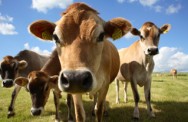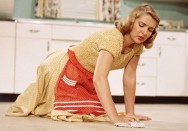Ukraine is the second largest contiguous country on the European continent, after the Russian Federation. Ukraine is also one of the hosts for the Euro 2012 games. However, you all know that by now, and I think it’s more important to talk about how awesome Ukraine is.
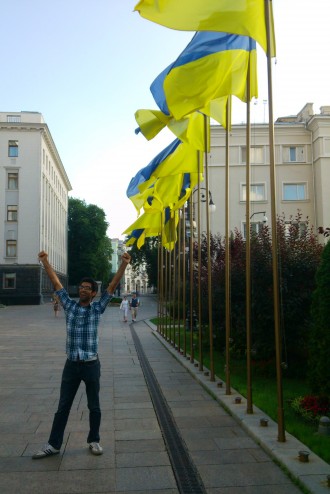
Ook-ra-yee-na!
History
Historically, Ukraine was part of different empires in the past. Ukrainian territories were under the rule of three external powers—the Golden Horde, the Grand Duchy of Lithuania, and the Kingdom of Poland. After the Great Northern War (1700–1721) Ukraine was divided between a number of regional powers and, by the 19th century, the largest part of Ukraine was integrated into the Russian Empire with the rest under Austro-Hungarian control. In essence, they were always owned.
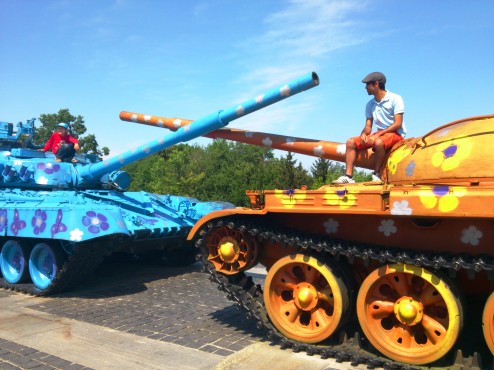
We declared war, but we were too fabulous to continue
After series of more wars and Ukranians fighting for their independence, they finally became part of Soviet Russia as the Ukrainian Soviet Socialist Republic, which became one of the founding republics of the Soviet Union. In 1945, the Ukrainian SSR became one of the founding members of the United Nations. Seriously, if you are Ukranian, you should be proud!

Mother Motherland Monument - This monument is even bigger than New York's Statue of Liberty!
Other matters
Ukrainian is the official language of Ukraine, and Russian is also widely spoken (and trust me, it’s for the best to speak Ukranian over Russian). The younger people speak English quite well. So, you won’t get really lost in translation.
Ukraine remains a globally important market and supplier, particularly, the world’s third biggest grain exporter. In Soviet times, the economy of Ukraine was the second largest in the Soviet Union, being an important industrial and agricultural component of the country’s planned economy.
The dominant religion in the country is Eastern Orthodox Christianity, which has heavily influenced Ukrainian architecture, literature and music.
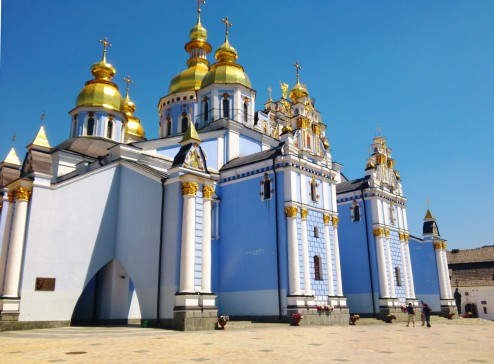
One of the Orthodox Churches in Kiev
According to the Ukrainian constitution, access to free education is granted to all citizens. Complete general secondary education is compulsory in the state schools which constitute the overwhelming majority. Free higher education in state and communal educational establishments is provided on a competitive basis. Because of the Soviet Union’s emphasis on total access of education for all citizens, which continues today, the literacy rate is an estimated 99.4%.
And of course, you can imagine that at present Ukraine is its own country after the fall of the Soviet State in 1991, and things have gradually shifted to modernize Ukraine. I spent most of my days in Kiev and Dnipropetrovsk, so, let’s shift gears!
Kiev
Kiev or Kyiv (Ukrainian: Київ; Russian: Киев) is the capital and the largest city of Ukraine. It has a very sophisticated infrastructure, which is quite modern, tons of soviet era type buildings in its outskirts and also a few buildings that survived from the 18th century and older.
To dispel any misunderstanding about Ukraine and stuff, it’s a safe country, and only if one acts like a fool, drunk and quite stupid would end up in the wrong side of things (much like anywhere else in the world). Of course, during the Euro 2012 games there was an increase in the number of police around the city. However, in essence, the citizens of Ukraine are extremely hospitable and quite friendly. So, avoid listening to your media sources, and do plan a visit to Ukraine.

Oooooh, Panorama!
However, Ukraine does suffer from corruption and poverty. From what I’ve learned is that even though it is very cheap for those from the West to visit Ukraine, the cost of living (more specifically rent) is highly rigged. In addition, political unrest is present due to the jailing of the previous Ukrainian Prime Minister, Yulia Tymoshenko.
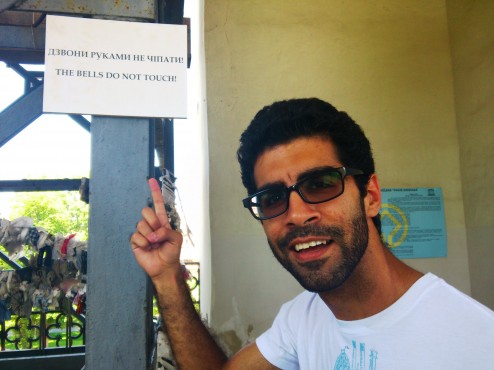
And if they do....?
Despite the hardships, there are Ukranians who are fighting to bring justice, freedom and progress for their nation. And Ukranians are quite patriotic about their culture, identity and people. Most of the Ukranians I’ve met are highly educated individuals with great vision whose aim is to work for the benefit of not Ukraine alone, but for mankind.
What Next?
Consider Ukraine as a country in your list of countries to visit. It is honestly among the most beautiful places historically, culturally, and definitely great for legit Ukranian food 😀
Follow me on Twitter @abehjat
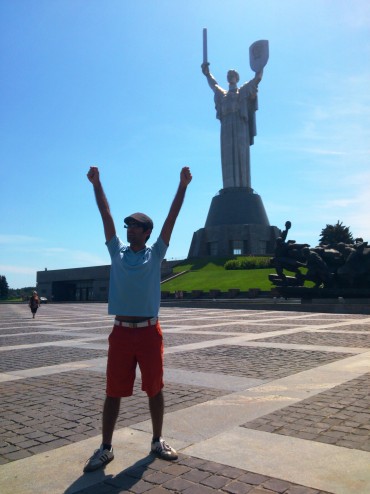
In Soviet Ukraine, Adib Comes To You!
Relevant Links
Goal to Euro Video Playlist
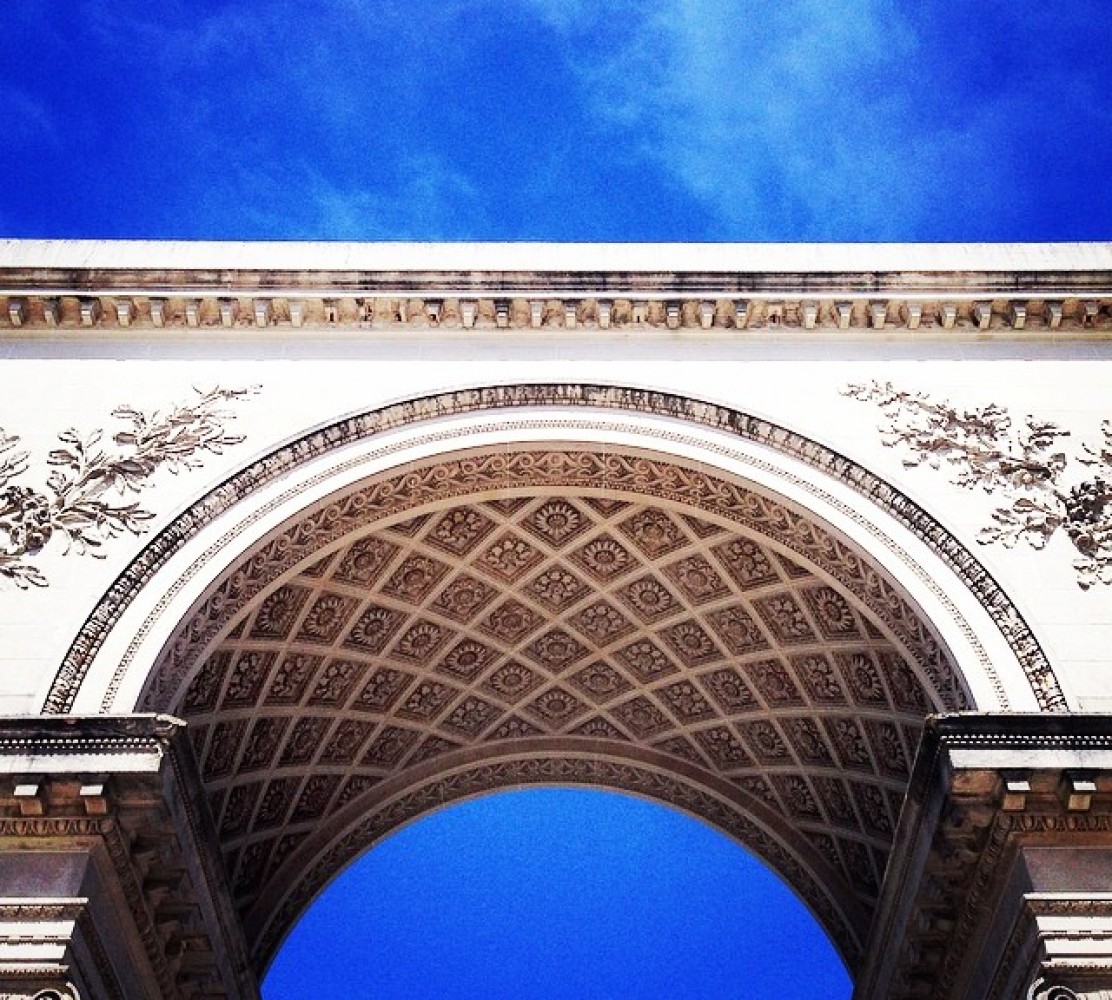


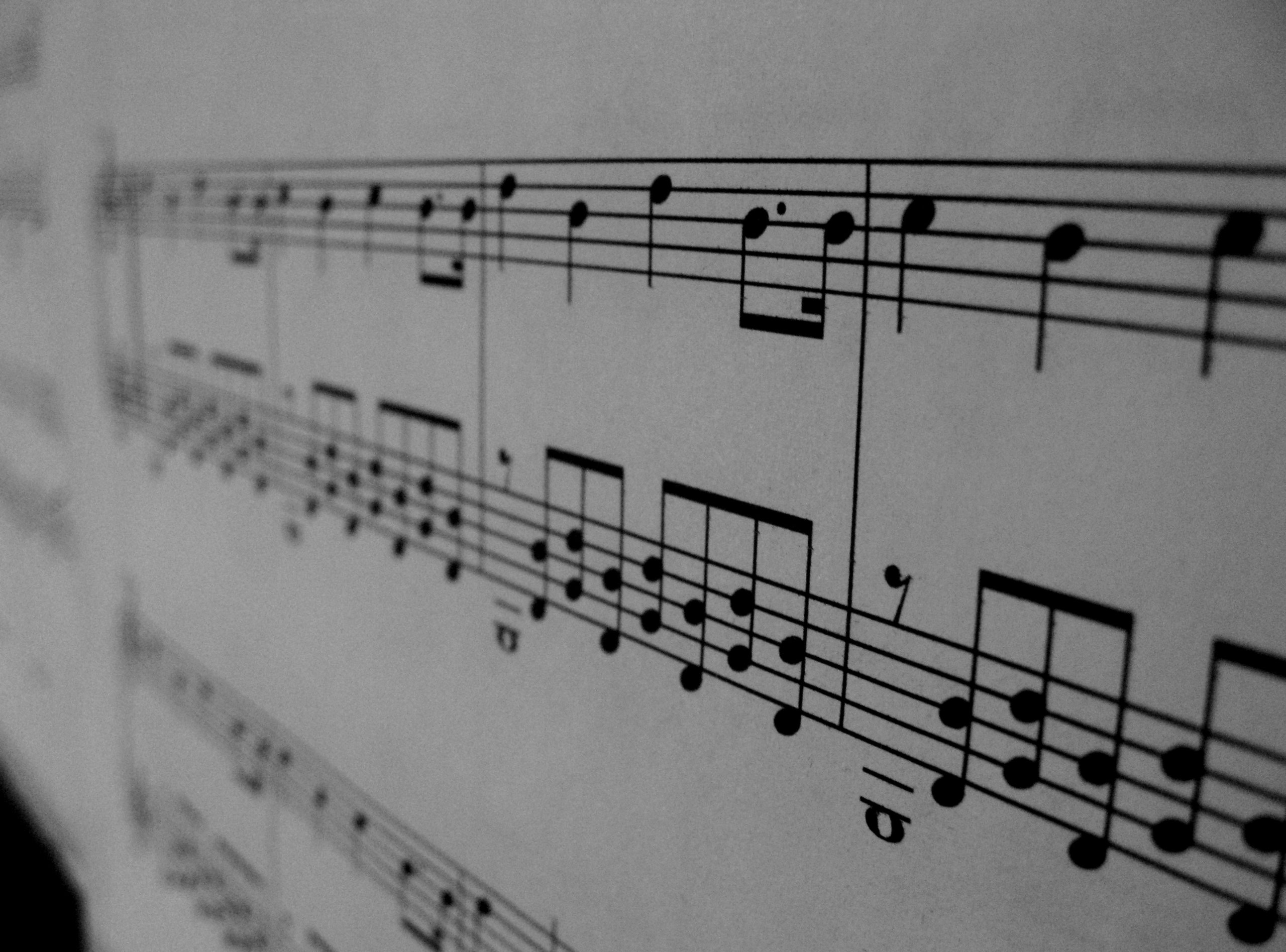
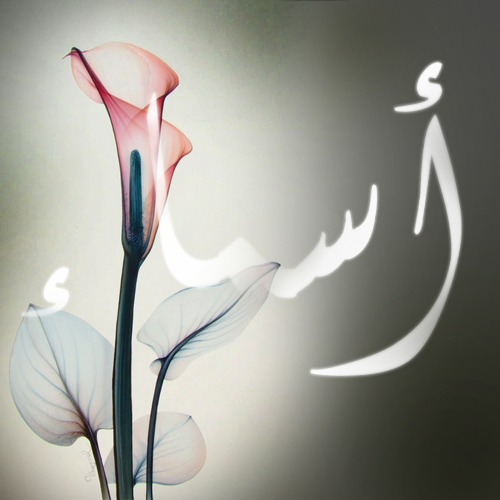
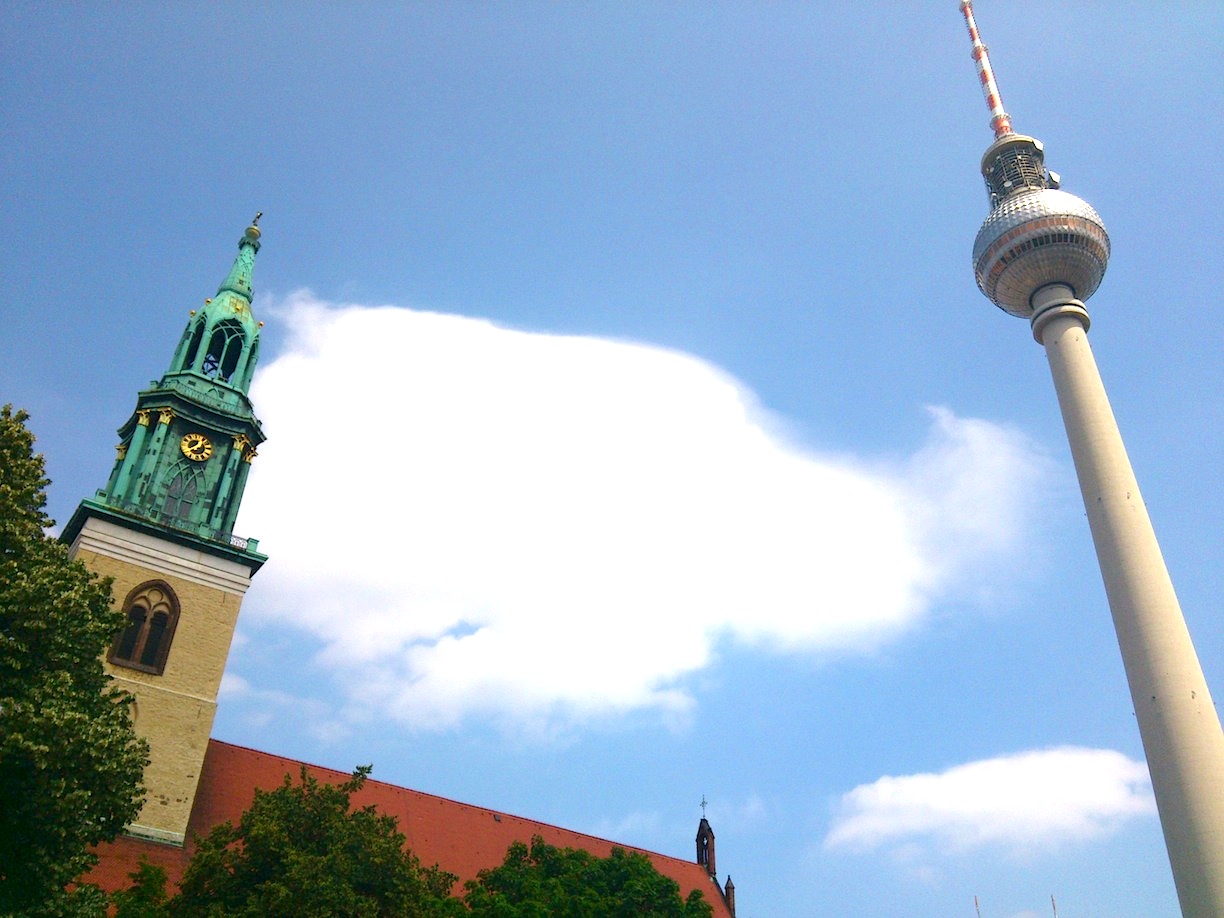
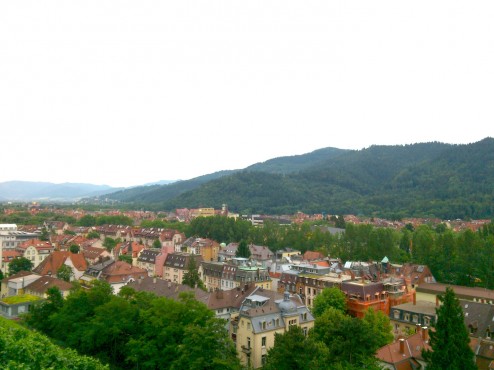
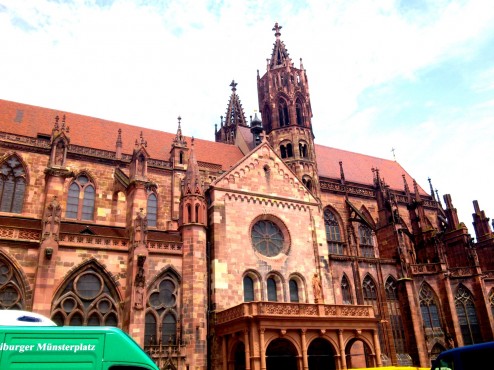


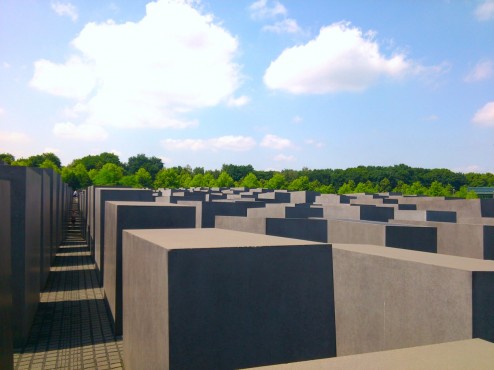

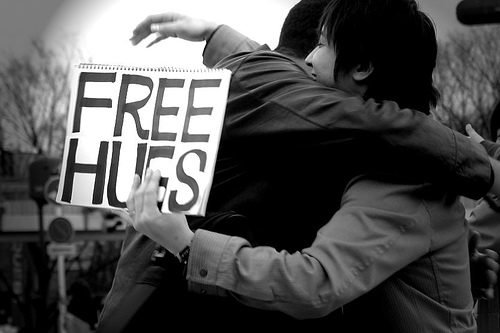








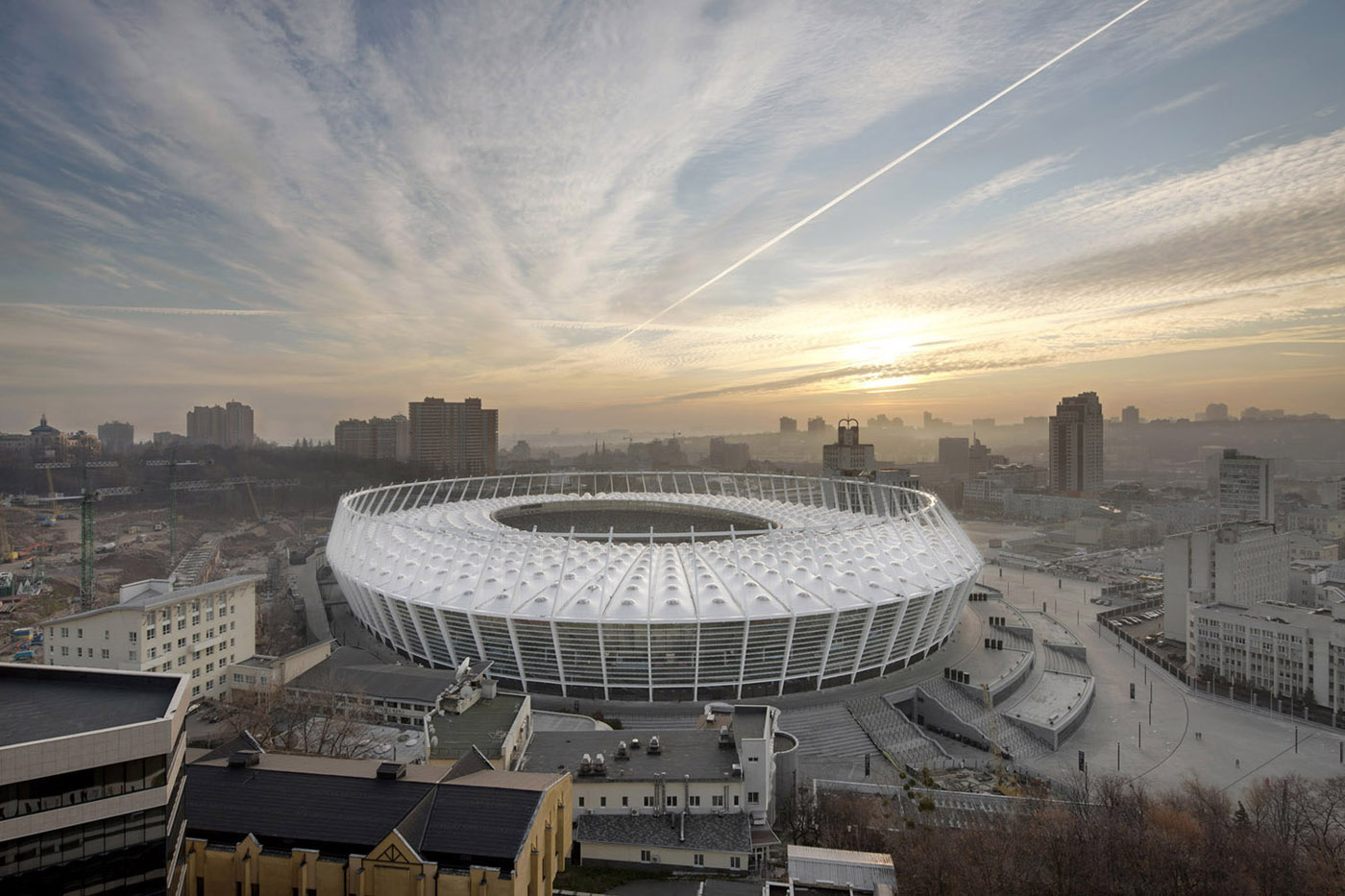


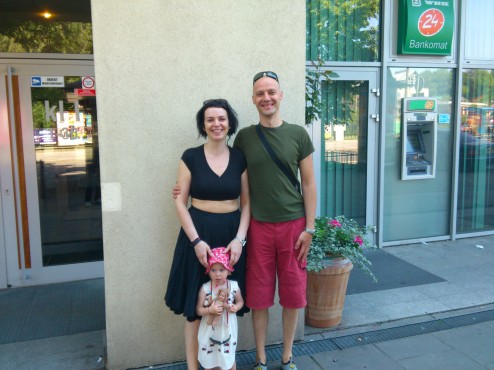
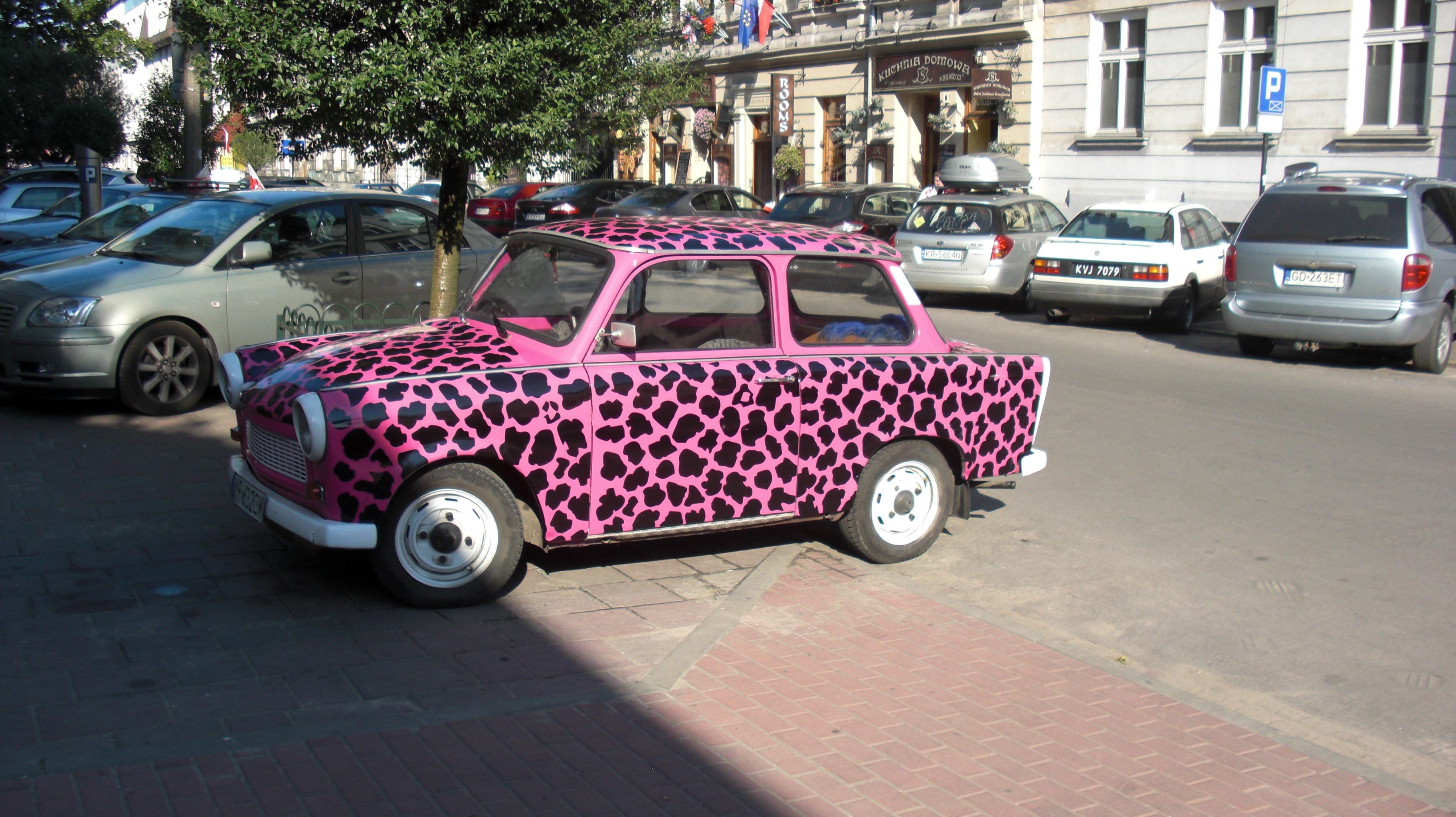
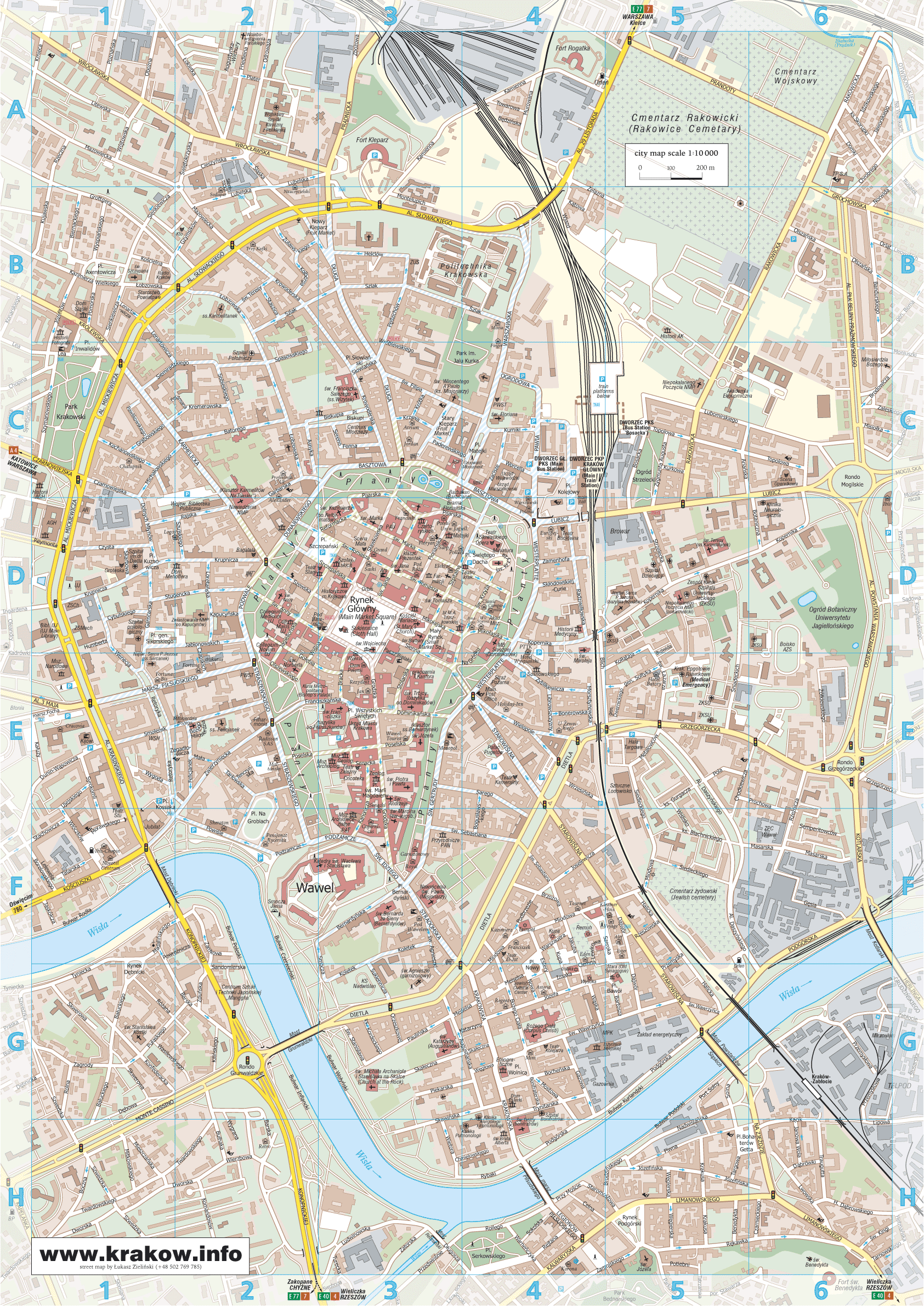
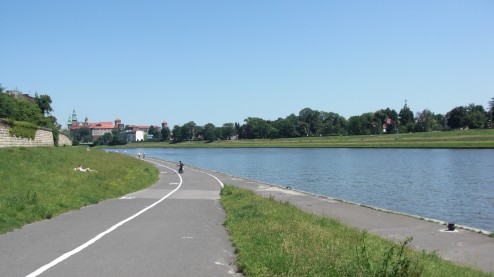
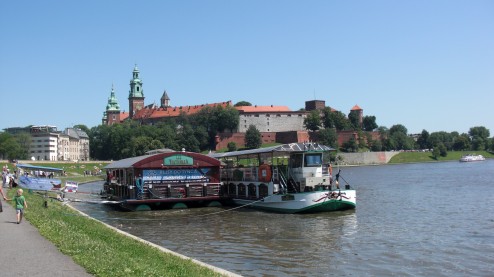
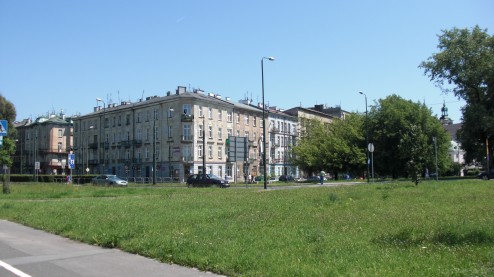
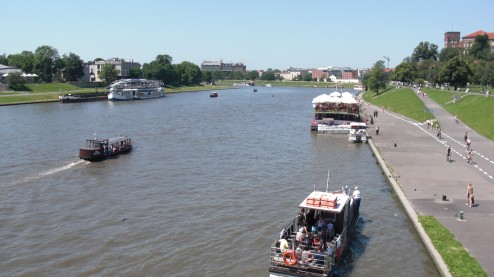
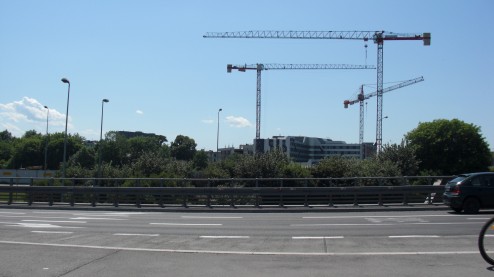
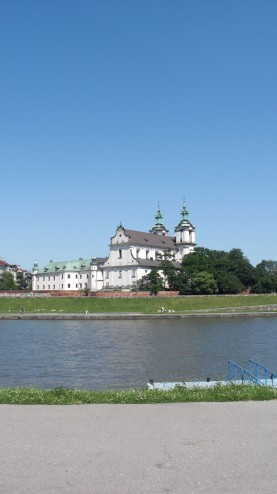

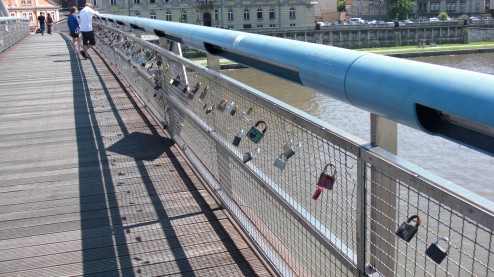
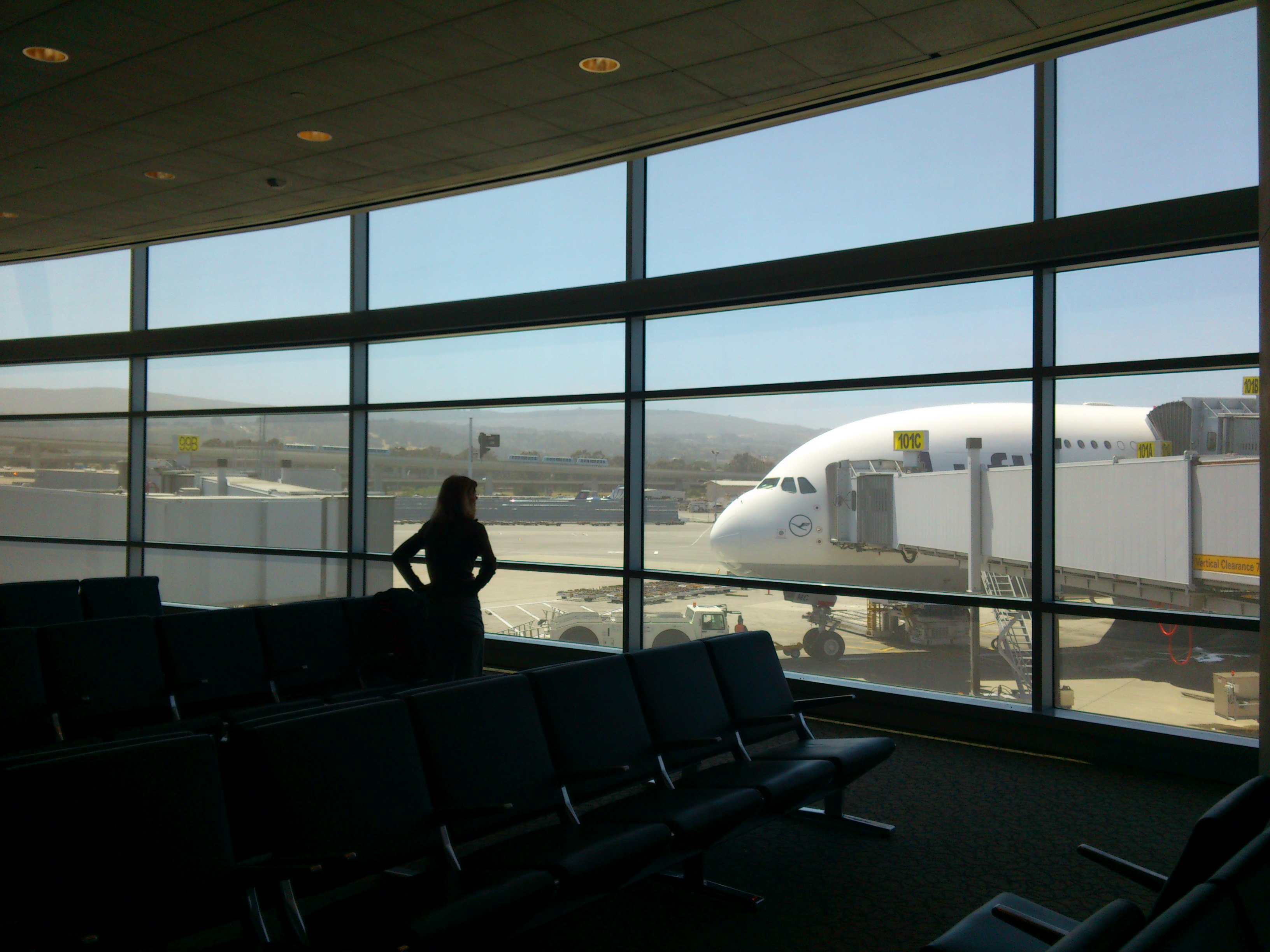

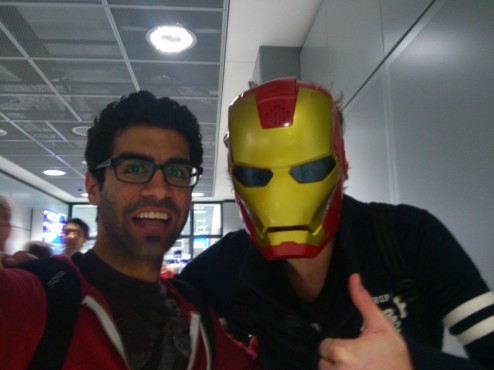
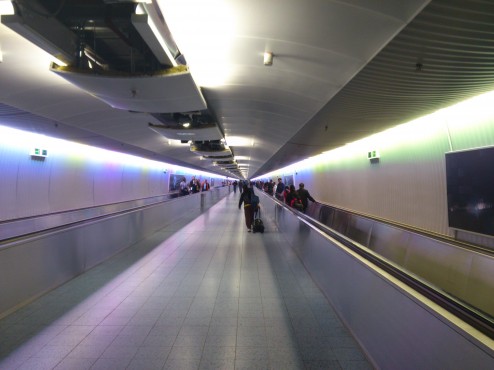


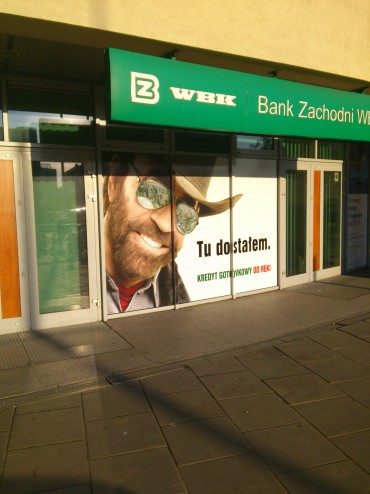
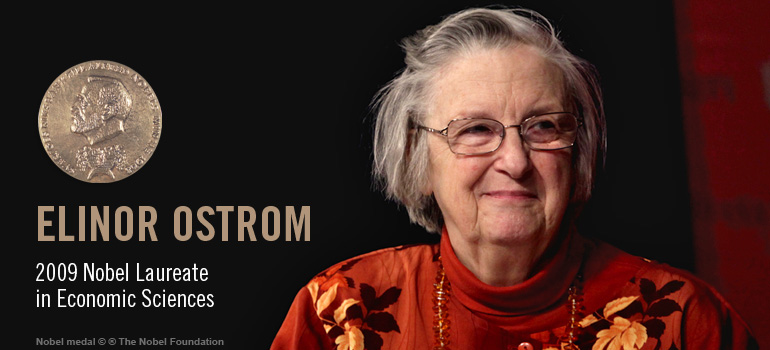

![ostrom_analyze_photo[1]](http://adibbehjat.com/wp-content/uploads/2012/06/ostrom_analyze_photo1-494x336.jpg)
